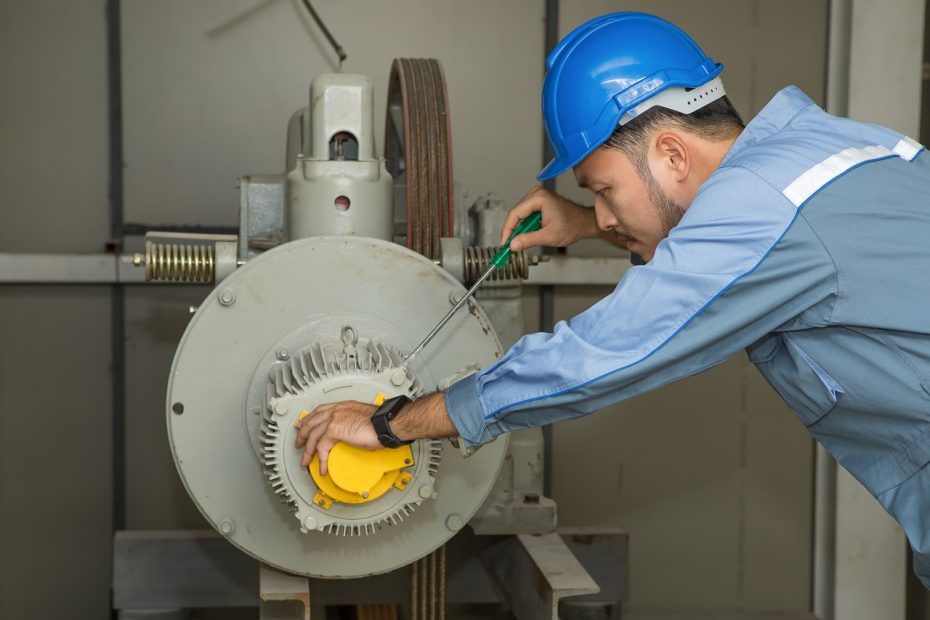Whether it tugging, conveying, hoisting, or torque conversion, gear selection for your power conversion needs is a critical component to a efficiently operating system. To select the best gearbox or motor for an application, it is important to go into more detail than just selecting the best suitable output speed and torque.\
Here are consideration we recommend when planning for system design.
What Are Your Requirements?
Knowing and understanding your requirements comprehensively is the key to the proper selection of gear motors. You have to know the features plus the specifications that you need for your gear motor. Before you approach a manufacturer, here are some things you should first decide on.
The first one is the input power source. You have to know the required voltage rating, maximum current, and frequency of the gear motor that you want to be made. Next is the environment that it is going to be in. You have to determine the conditions that the gear motor will be in due to its intended application. Some examples of the things that you should consider are the application temperature, Ingress Protection rating, or ambient temperature.
Thirdly, you also have to provide the exact specifications to whoever is manufacturing your gear motor. The quality, performance, and final assembly of the gear motor will be greatly impacted by your given specifications. Make sure they are correct and complete. With this, you decide on the weight size, speed, duty cycle, torque rating, maintenance, life expectancy, and stall torque. These are all needed to create an initial design that gets things started.
Lastly, there are also other miscellaneous things you have to decide on. This would include the mounting orientation, side loads, lubrication type, envelope size, etc.
What Are Your Options?
When you have listed all your requirements and are now clear about them, you can have your gear motors by either selecting a gearbox and motor separately and just assembling them together or you can also get a pre-engineered gear motor.
If you decide on assembling the separate gearbox and motor. You have carefully selected the torque and speed of the gearbox plus the torque, efficiency, and speed of the motor. These two components should have similar specifications so that they can work better with each other. Another important thing to consider is the thermal dissipation of the motor vs the thermal rating of the gearbox. Make sure they are close enough or they match.
Pre-engineered gear motors are also an option. When looking for these, make sure that you are absolutely certain about your requirements when it comes to the application it is going to be in. There are a few things to check when getting a standard gear motor unit and they would include the following:
- Gearbox input speed
- Pull-up torque
- Full-load gearbox torque
- Thermal characteristics
- Breakdown torque
- Gearbox yield strength
- Intermittent duty considerations
Conclusion
Selecting gear motors is much easier if you are already clear with your requirements. You can be overwhelmed by the available selections but if you have specific requirements already, then you could easily choose one that is best suited for your needs. If there isn’t a standard gear motor that meets your requirements, you can always have some custom-built by reliable manufacturers.
